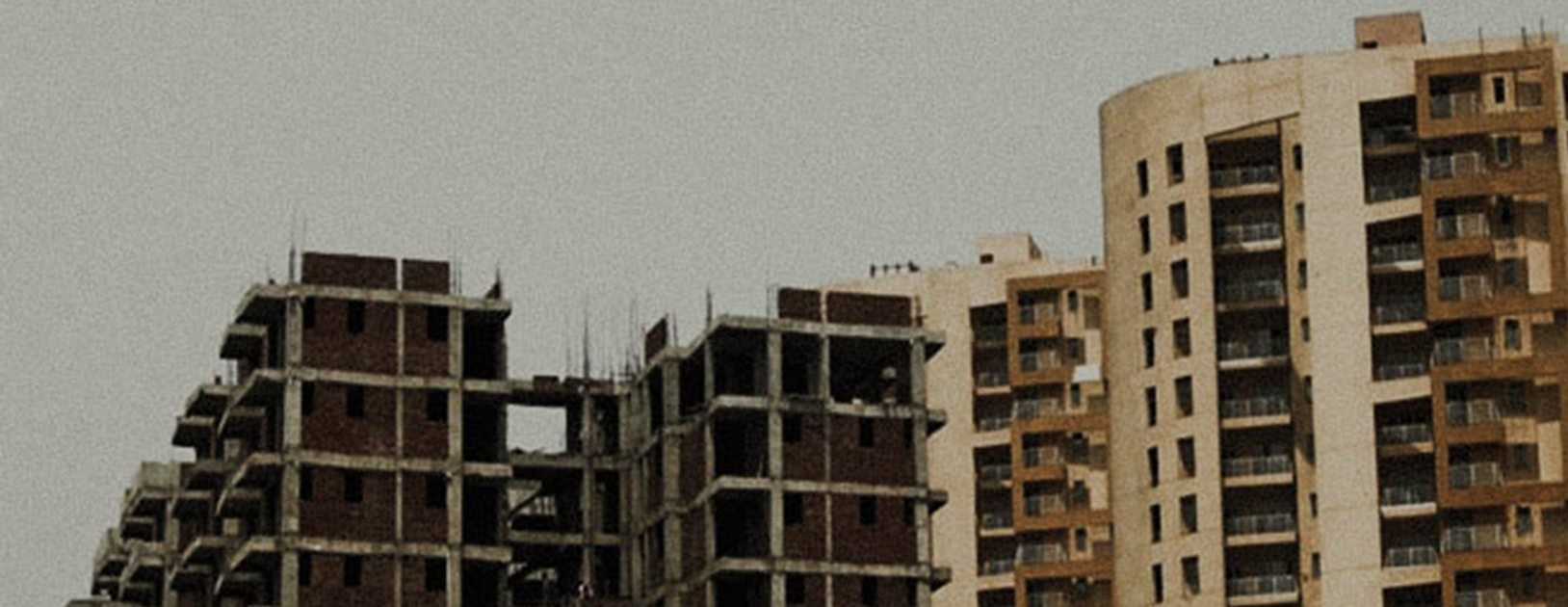In this series, T R Raghunandan (referred to as Raghu hereon) unpacks the successes and failures of accountability measures in the public housing sector in India, through studying these in Karnataka. He does this by investigating how housing policies are designed, passed on to finally reach the beneficiary.
- In the blog The Public Housing Sector- a Case Study of Karnataka, Raghu establishes the political importance of programmes for subsidised housing and sheds light on the reasons behind the high degree of competition amongst politicians and officials for assuming planning and execution responsibilities for delivering houses to beneficiaries.
- In the next blog, taking off from the introductory one, Raghu details the process of Beneficiary Selection for Housing Programmes, drawing a distinction between ‘identification’ and ‘selection’ of a beneficiary, and the authorities at the local and state levels that have the power to do so.
- The third blog, Rural Housing Wars in Karnataka; The Empire Strikes Back and Gets Shot Down, encapsulates the battle between the Members of Legislative Assemblies (MLAs) and the Gram Panchayats in Karnataka, detailing how the former tried to amend The Panchayat Raj Act of Karnataka, in order to dilute the power of the latter, but eventually failed to do so.
- In the subsequent two blogs, Frontal Assault turns to Stealth: MLAs Sneak Back and Law, Technology and Tensions, Raghu highlights the implications of the decision of the government to give MLAs the power to decide how many houses could be allocated to each village and the mixed impact of technology on the governance of the housing programme.
- In his final blog, Saturation and Collaborative Construction; a Way Out of the Conundrum, Raghu concludes the series by sharing learnings on the entire exchange between and within the different levels of the government that eventually led to the way in which this programme was delivered at the last mile and the challenges that one can expect in the future.


